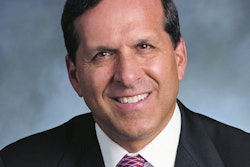
Rent, insurance, and inventory may not be first on your list of concerns, but overhead is a key factor in any business, and dentistry is no exception. Dentists need to understand the different categories of overhead, how to assess and track them, and when and how to make adjustments. Only then will they be better able to create a successful financial model for their practices.

Know your overhead categories. The easiest way to understand the various overhead categories is to look at your profit and loss statement. Listed there, you'll see categories such as labor, gas and electric, rent, supplies, etc. Each of these categories represents a different form of overhead, with some being more important than others. Start with the largest overhead categories and the ones where you have the most control.

Don't forget to get guidance from experts. Feedback from experts such as accountants and sales reps is extremely valuable to helping you take control of overhead. These experts can help you identify opportunities to decrease expenses and explore better purchasing options.
Roger P. Levin, DDS, is the founder and CEO of Levin Group, the leading dental practice consulting firm in North America. For the complete list of dates and locations where you can attend his latest seminar, visit www.levingroup.com/gpseminars.
The comments and observations expressed herein do not necessarily reflect the opinions of DrBicuspid.com, nor should they be construed as an endorsement or admonishment of any particular idea, vendor, or organization.



















